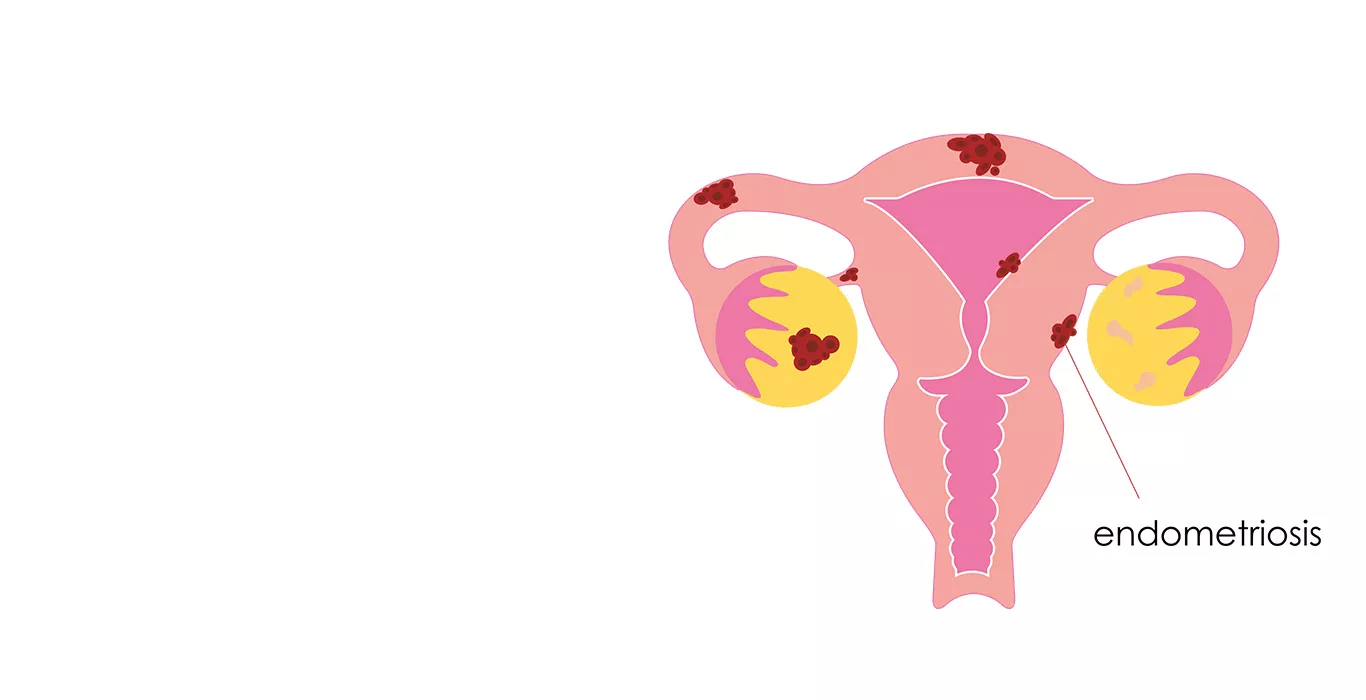Risk factors for endometriosis can be a number a reasons.
- Family history wherein a first-degree female relative has the condition. Such people have an increased risk for endometriosis.
- A late first pregnancy after the age of 30 years.
- An abnormal uterus can increase the changes of retrograde menstruation, and hence, for the condition as well
- A longer duration of menstruation in terms of a) having fewer than 27 days between subsequent, b) periods for over 7 days, or c) starting periods before the age of 12 can increase the risks for endometriosis.
- Retrograde menstrual flow may be resulted by increase in oestrogen levels, uterine fibroids and polyps, abnormalities in the structure of uterus, cervix or vagina that obstructs menstrual flow, and asynchronous uterine contractions. Such conditions can pose as risk factors for endometriosis.
- A weakened immune system is unable to detect out-of-place endometrial tissue, increasing the risk for endometriosis and its consequences.
Complications stemming from endometriosis can impact a female’s fertility and ability to conceive.
- Endometriosis is found in 24-50% infertile women and is one of the major reasons for the same. It can also lead to subfertility or reduced fertility; in most of these mild or moderate cases, treatments can reverse the condition.
- The formation of scar tissues has been found to impair ovulation and the collection of the egg by the fallopian tube.
- Endometriosis can lead to changes in the pelvic environment which can make implantation of the embryo difficult.
Females with endometriosis may require treatment with assisted reproductive technology such as in vitro fertilisation (IVF) in order to conceive.
Pregnancy Calculator Tools for Confident and Stress-Free Pregnancy Planning
Get quick understanding of your fertility cycle and accordingly make a schedule to track it
Get a free consultation!

© 2025 Indira IVF Hospital Private Limited. All Rights Reserved. T&C Apply | Privacy Policy| *Disclaimer














